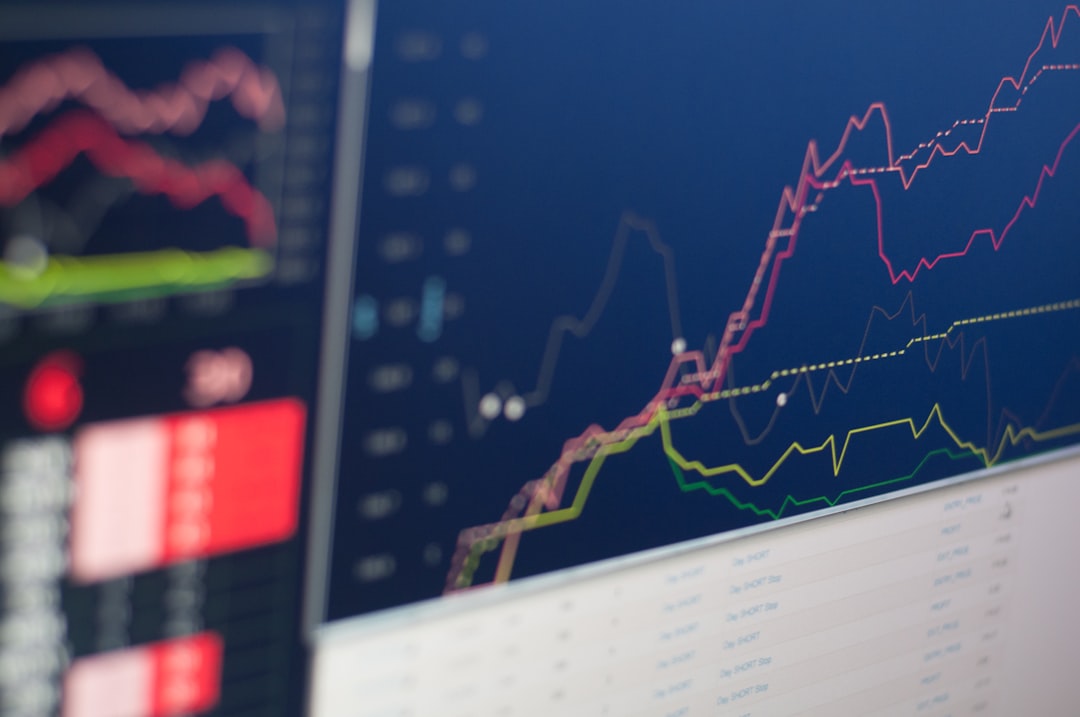Unlocking the Secrets of PEGY: Humorous take on understanding Stocks
Discover the Power of PEGY: Unravelling the Formula for Identifying Winning Stocks

Once upon a time, in the bustling town of Wall Street, there lived a young and curious investor named Myra. Myra had always been intrigued by the world of stocks and wanted to learn more about how to measure their value. One day, while attending a local investment workshop, she came across two intriguing terms: Price-to-Earnings Growth (PEG) and Dividend Yield.
Intrigued by these terms, Myra approached an experienced investor named Mr. Smith and asked him to explain PEG and Dividend Yield in simple, layman's terms. Mr. Smith smiled and said, "Of course, Myra! Let me tell you a story that will help you understand."
"Imagine you're opening a lemonade stand," Mr. Smith began. "You invest some money upfront to buy all the necessary ingredients and equipment. You work hard and make a profit. The Price-to-Earnings (P/E) ratio is like the price people are willing to pay for a glass of your delicious lemonade divided by the earnings you make from selling each glass. It helps investors determine how much they're willing to pay for each dollar of your earnings."
Myra nodded, starting to grasp the concept. "So, if my lemonade stand makes a lot of money, the P/E ratio will be high, and if it makes less money, the P/E ratio will be low?"
"Exactly!" exclaimed Mr. Smith. "A high P/E ratio suggests that investors have high expectations for future earnings growth. On the other hand, a low P/E ratio may indicate that investors have lower expectations."
"But how does PEG fit into the picture?" Myra inquired.
"Well, my dear," Mr. Smith continued, "PEG takes things a step further. It considers the company's projected earnings growth rate as well. Just like your lemonade stand may grow bigger and sell more lemonade in the future, companies also have growth potential. The PEG ratio is calculated by dividing the P/E ratio by the projected earnings growth rate."
Myra furrowed her brow, trying to understand. "So, if a company has a high P/E ratio and a high projected earnings growth rate, the PEG ratio will be low, indicating it might be a good investment?"
"Exactly!" Mr. Smith exclaimed. "A low PEG ratio suggests that a stock may be undervalued because investors are paying relatively less for its future earnings growth potential. It can be a helpful tool for finding stocks with good growth prospects."
Myra then asked, "What about Dividend Yield? Is it connected to PEG?"
Mr. Smith nodded and said, "Dividend Yield is like a sweet bonus for shareholders. It's the annual dividend per share divided by the stock price. Companies that distribute a portion of their earnings to shareholders as dividends are often considered more stable and mature. Dividend Yield can be an attractive feature for income-focused investors."
"So, if a company has a high Dividend Yield, it means it's paying a significant dividend compared to its stock price?" Myra clarified.
"Yes, indeed!" Mr. Smith replied. "A high Dividend Yield can be appealing to investors seeking regular income. However, it's important to remember that a high Dividend Yield could also suggest that the stock price has declined due to market concerns."
Myra nodded, realizing that both PEG and Dividend Yield had their pros and cons. PEG could help her identify stocks with growth potential, while Dividend Yield could indicate stability and provide regular income. However, she understood that these ratios were just tools and not definitive measures of a stock's value.
Armed with this newfound knowledge, Myra thanked Mr. Smith for his enlightening story.
To know more about us, visit - www.vevesta.com
Disclaimer: This is fictional story and not meant to be taken as investment advice.
